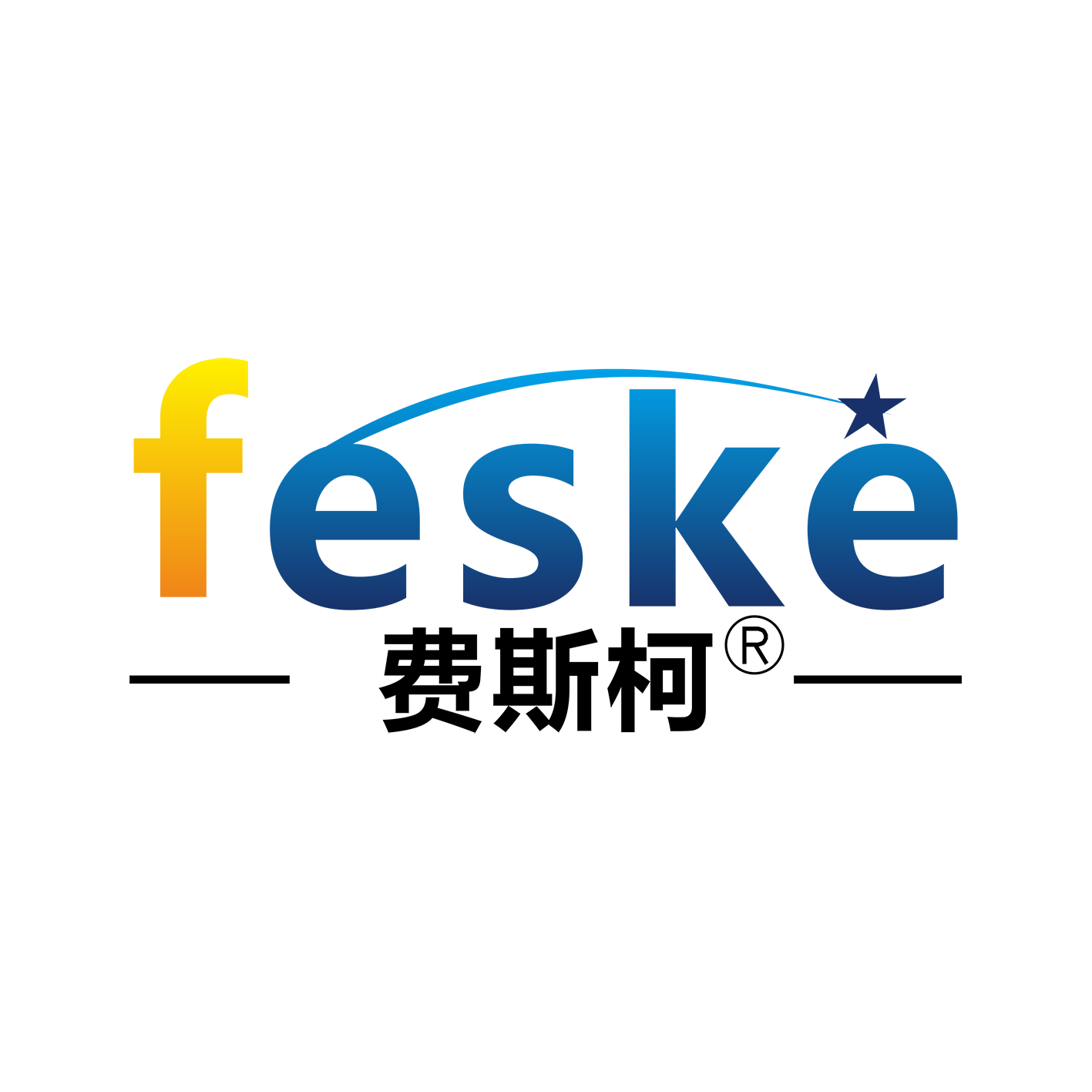The application of splicing robots in packaging and printing equipment primarily focuses on high-
precision positioning, flexible production, and automated integration. Their technical features and
typical scenarios are as follows:
1. Core Application Scenarios
Printed Material Stacking and Sorting: Using a vision positioning system (such as a KEYENCE camera) to
identify printed material edges, the robot achieves ±0.1mm accuracy in gripping and stacking, making
it suitable for batch sorting of books, periodicals, and labels.
Packaging Box Forming and Packing: Grasping printed paper or plastic boxes, automatically folding,
gluing, and packing them, supporting multiple formats (such as gift boxes and electronic product packag
ing).
Color Printing Assistance: Simultaneously transferring semi-finished products alongside the printing
press ensures precise alignment for multi-color overprints and reduces color variations caused by
manual intervention.
2. Technical Advantages
High-Precision Motion Control: The servo drive system combined with a multi-axis robot (4-6 axes)
achieves repeatable positioning accuracy of ±0.1mm, meeting the alignment requirements for printed
materials. Flexible Adaptability: Modular grippers (such as vacuum cups and jaws) can be quickly replace
d to accommodate packaging materials (paper, plastic film) and shapes.
Intelligent Integration: Linked with the MES system, it monitors production data in real time and optimi
zes cycle time, reducing failure rates by over 30%.


